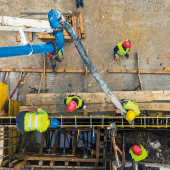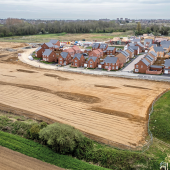Making sense of dutyholder roles and responsibilities
The raft of regulations can leave people feeling confused about their dutyholder roles and responsibilities. Denise Chevin clarifies
This content is only available to registered CABE members and digital subscribers.
Already a member of CABE? Submit your membership number to access all web pages.
Forgotten your Member ID?
Sign up for a digital subscription to Building Engineer website
Jobs
Structural Engineer- Systems, Tech and Distribution
Structural Engineer - Systems, Tech & Disruption - Up to £38,000 depending on experience + profit s...
Senior Quantity Surveyor
Make a splash in your career join us in delivering essential water infrastructure projects across th...
Assistant Quantity Surveyor
Job Role: Consultant Assistant Quantity SurveyorOUTSIDE IR35You'll be working closely with a Senior ...
Assistant Quantity Surveyor-South West-/Home WorkingOutside IR35
Solution Search Limited - Civils & Rail
FREELANCE ASSISTANT QUANTITY SURVEYOR-SOUTH WEST/HOME WORKING-OUTSIDE IR35 Due to an increase in wor...







